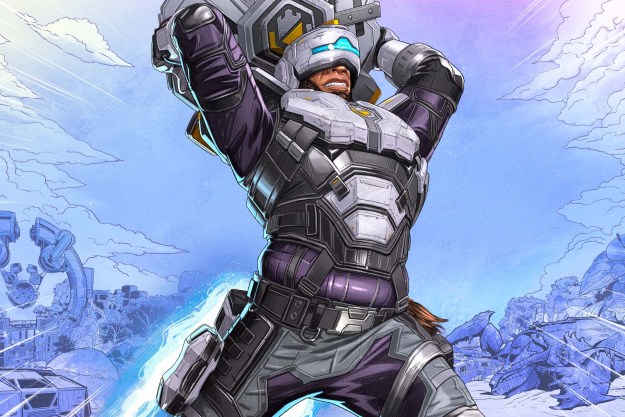Apex Legends is already looking good on the Nintendo Switch, as developer Respawn Entertainment is hard at work in bringing the team-based battle royale shooter to the hybrid console.
At EA Play Live 2020, publisher Electronic Arts revealed that Apex Legends will arrive to the Nintendo Switch this fall, in addition to activating cross-play for the game and unveiling the Lost Treasures collection event.
Apex Legends game director Chad Grenier, in an interview with GameSpot, revealed that the Nintendo Switch port has been in the works for a while, but it appears to be coming along well.
“It’s not without its challenges, but I’ll say it’s looking really good and running very well,” Grenier said, adding that Respawn has been making some changes such as supporting the Nintendo Switch’s motion controls through a gyro aim function.
“We’re testing it at this point, making sure that it’s good to go. It’s worth it,” Grenier added.
Grenier re-confirmed that cross-play will be among the features of the Nintendo Switch version of Apex Legends, giving the option to participate in matches with players on the PlayStation 4, Xbox One, and PC through Origin and Steam.
The same content will also be made available on all platforms for Apex Legends, according to Grenier.
EA Play Live 2020
While EA Play Live 2020 featured highlights such as Star Wars: Squadrons and the pending addition of more Electronic Arts titles to Steam such as Titanfall 2, the event failed to provide a sneak peek into the publisher’s future, at a time when players are looking ahead to the PlayStation 5 and Xbox Series X.
Digital Trends has reached out to Electronic Arts for any plans of upcoming announcements, including whether cross-play will arrive on more of its games in the near future.
Editors' Recommendations
- Apex Legends is reinventing itself again for its 5th anniversary
- This hidden Switch feature will change the way you play Nintendo games
- Fire Emblem Engage makes the wait for a Nintendo Switch 2 more tolerable
- Apex Legends’ newest character is a deadly sniper with an adorable bat pal
- Apex Legends’ next season increases the level cap and removes self-revive


